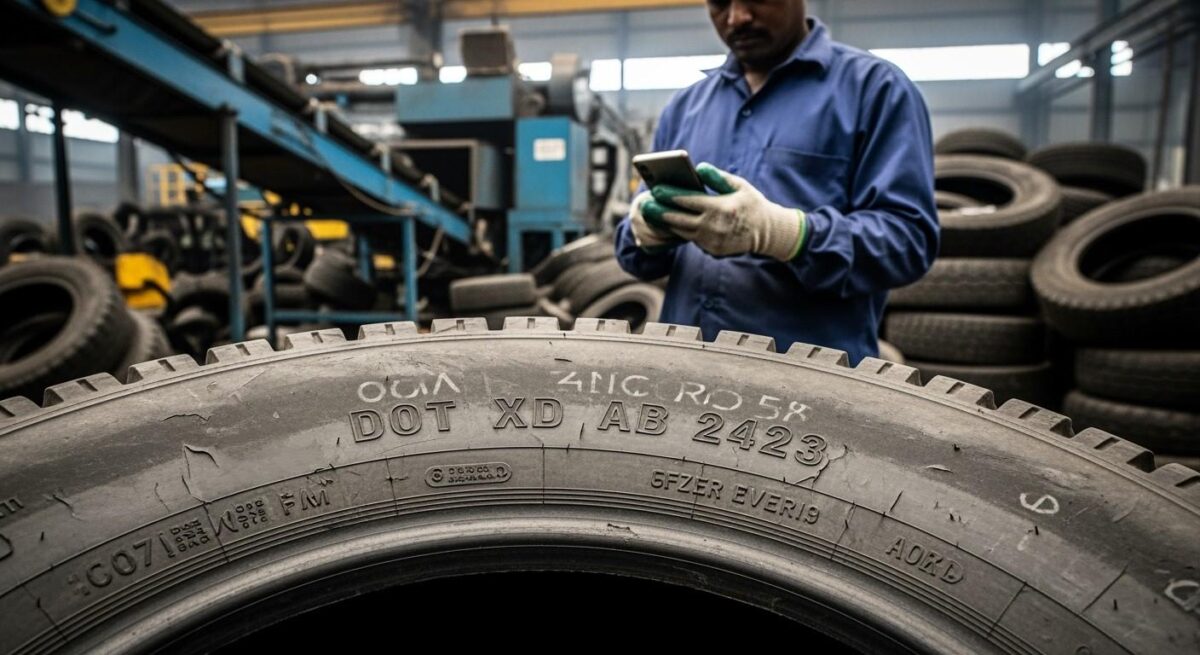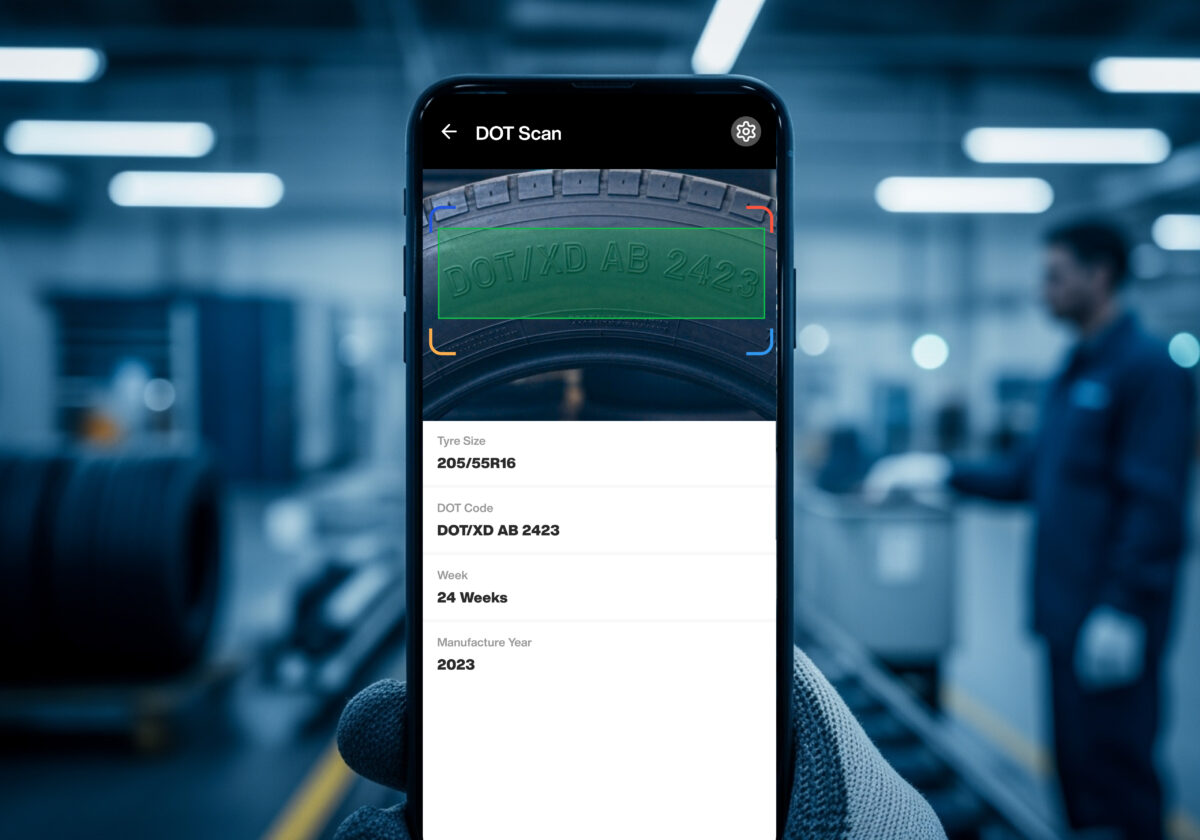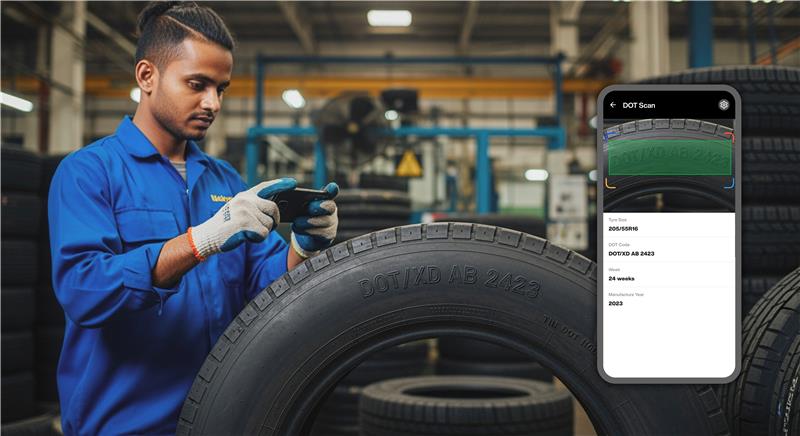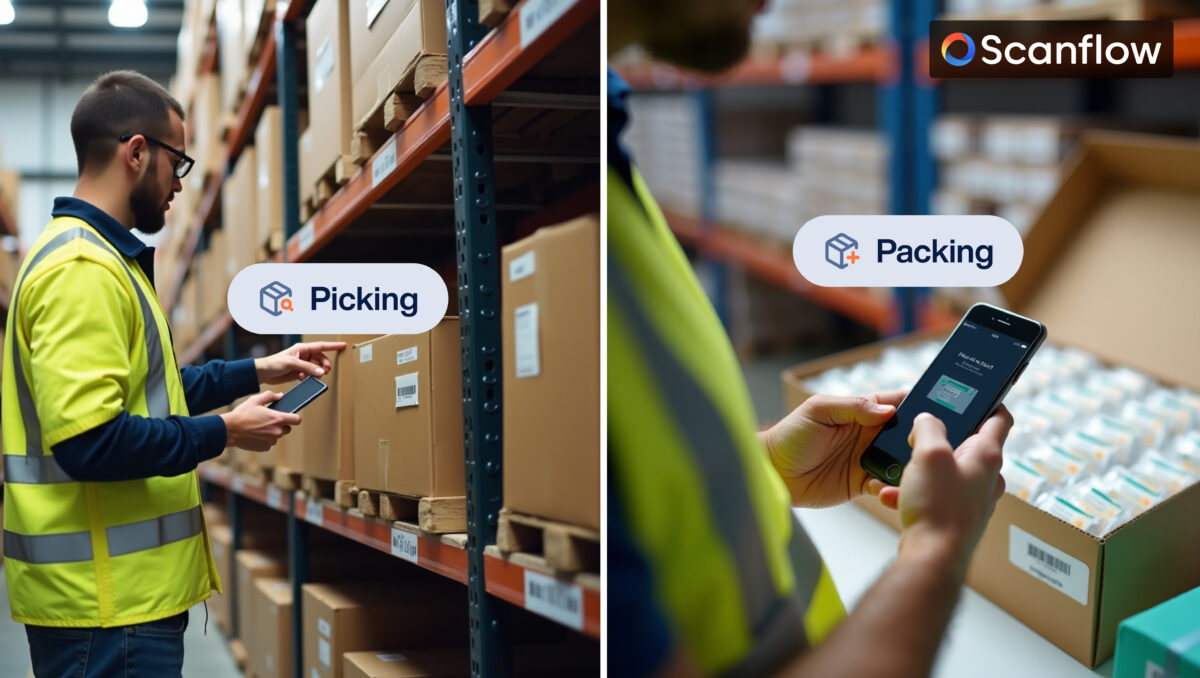In today’s freight and transportation industry, the ability to track container movement in real time and maintain visibility across multiple operational stages has become critical. With complex workflows involving port pickups, cargo stripping, yard storage, and final dispatch, logistics managers can no longer rely on manual data entry and shared Excel files to manage operations.
Scanflow mobile scanning SDK solution brings a practical, scalable, and easy-to-adopt answer to these challenges helping freight and trucking companies eliminate inefficiencies, reduce errors, and gain complete control over container and cargo workflows.
Manual Processes, Limited Visibility
In many freight logistics setups, container tracking is still a manual process. Operations teams typically update Excel sheets to record when a container is pulled from the port, stripped at the yard, or dispatched to its destination. But with multiple teams involved drivers, yard staff, and administrators this approach leads to:
- Inaccurate status updates
- Human errors
- Lack of real-time visibility
- No traceability for split shipments
- Poor damage documentation
- Compliance issues in FTZ (Foreign Trade Zone) areas
These pain points are not just operational bottlenecks they directly impact efficiency, customer satisfaction, and compliance outcomes.
Mobile Scanning for Container & Yard Operations
Scanflow SDK offers a mobile-first solution that automates container tracking and cargo management across freight workflows. Without disrupting existing systems, the platform integrates easily with tools already in use making digital adoption seamless.
Key Features of Scanflow’s Yard Management Solution
1. Real-Time Container Status Updates
Drivers and yard staff can scan container numbers at each stage port pickup, yard arrival, stripping, dispatch instantly updating the status without manual data entry. These updates reflect in protected spreadsheets or dashboards, ensuring accuracy and access control.
2. QR Code-Based Cargo Tracking
Once cargo is stripped, the system auto-generates a unique QR code for each consignment. These are printed and attached to cargo, enabling continuous tracking within the yard or during dispatch.
3. Photo & Video Capture for Damage Claims
Using their mobile devices, staff can capture images or videos of cargo damage or irregularities. These files are securely stored and linked via URLs for future audits, claim support, and reporting.
4. Split Shipment Traceability
Scanflow allows linking of sub-units or pallets back to the original container, enabling full traceability even for split shipments.
5. Role-Based Access and Login Options
The system supports role-based login for drivers, yard staff, and admin teams using OTPs or email. This ensures data access is restricted and user actions are traceable.
6. Built for Harsh Yard Conditions
The solution supports rugged hardware, waterproof QR labels, and scanning tools built to function in dusty, dim, or outdoor environments.
Business Benefits for Freight & Trucking Companies
Implementing Scanflow’s mobile scanning SDK solution provides measurable improvements across yard and container operations:
- 80% reduction in manual data entry
- Real-time container and cargo visibility
- Simplified damage reporting and audit trails
- Improved FTZ compliance through accurate inventory records
- Faster turnaround times with less administrative effort
- Scalability to integrate AI vision systems or analytics in future
Why Logistics Managers Are Choosing Scanflow
Scanflow is purpose-built for logistics-heavy environments, where speed, accuracy, and visibility are non-negotiable. It’s not just about scanning barcodes it’s about streamlining workflows, empowering teams on the ground, and ensuring every move is traceable, timestamped, and auditable.
Whether you’re managing a single yard or a nationwide freight network, Scanflow gives you the tools to move fast without losing control.
Ready to Automate Your Yard Operations?
If you’re still relying on spreadsheets and manual status updates, it’s time to upgrade. Scanflow’s container tracking and yard management solution is the fastest way to bring automation, visibility, and compliance to your freight operations without the headache of complex software setups.











